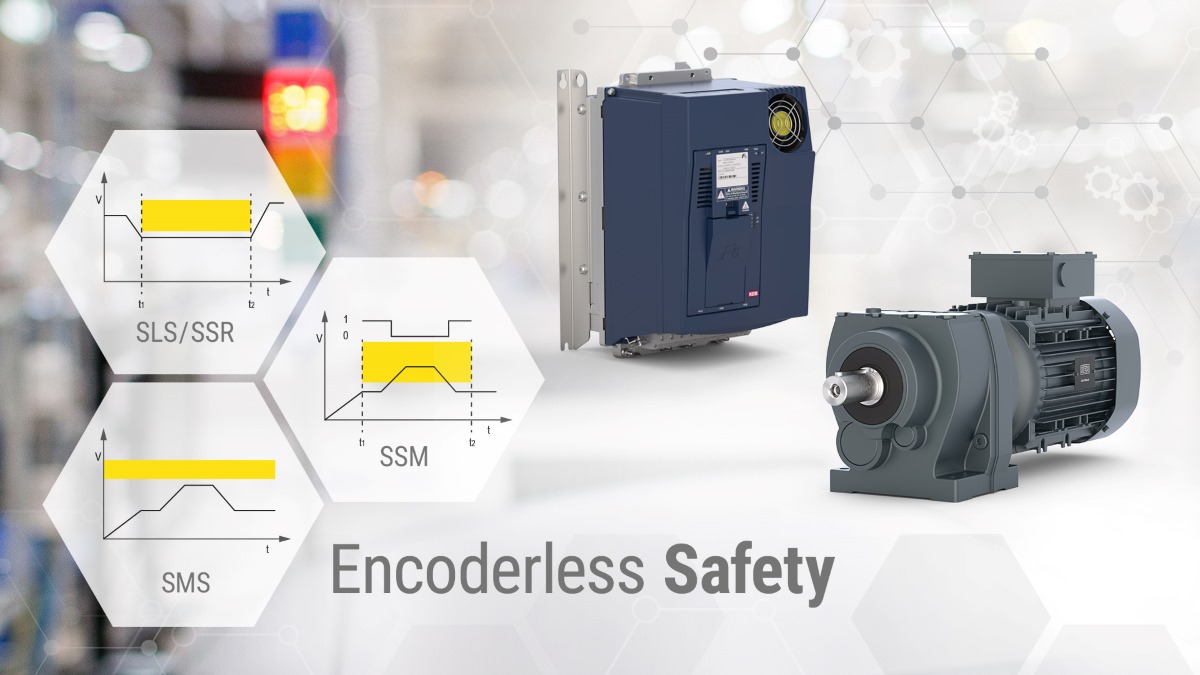Encoderless and patented: Speed monitoring for all motors
The advantages of no encoder
Research and development have always played a central role at KEB. Year after year, numerous innovations are developed, many of them patented. One of the patents is for the process and the device for fail-safe speed monitoring. At the centre of this is the safe speed evaluation without encoder for all three-phase motors. In practice, there are good arguments in favour of dispensing with an encoder.

“The unique feature of our patented process lies in the 2-channel, functionally safe determination of the speed and output frequency from pulse-width modulated signals for all three-phase motors - including synchronous and synchronous reluctance motors,” says Stephan Musiolik, Head of Electronics Development (Safety&Security), who developed the process.
In addition to STO (Safe Torque Off), which is set as standard in the COMBIVERT F6 and S6 drives from KEB, SLS (Safely Limited Speed) is also possible, whereby the drive safely monitors the speed and triggers an error response as soon as the set speed limit is exceeded. SSR (Safe Speed Range) and SSM (Safe Speed Monitor) can also be realised and SMS (Safe Maximum Speed) ensures permanent monitoring of the maximum speed without having to activate monitoring separately. With Safe Door-Lock Control (SDLC), a function developed by KEB is also available that can be used to lock the bonnet of the machine. With SDLC, the bonnet can then only be opened when the motor is at a safe standstill, for example to allow tool changes to be carried out or the machine to be cleaned. The granted patent covers in particular safety functions with the classifications SIL3 with a hardware fault tolerance equal to 1 or >PL e with at least category 3.
Why encoderless safety?
The core of the process developed by KEB is the evaluation of the safe speed without an encoder. Instead, this is analysed from the output voltage of the drive controller. This eliminates the need for an encoder cable and encoder interface, which not only reduces costs, but also reduces maintenance and servicing expenses. “Encoderless safety enables the fastest response times when it comes to identifying a safety-relevant fault. The encoderless safety process is also suitable for high-speed applications, among other things,” says Musiolik. The basic prerequisite for the smooth functioning of sensorless safety is that there are no external forces acting to accelerate the motor. With regard to direct standstill detection, it should be noted that this is only possible with SDLC.
Functional safety: Get your whitepaper now
What exactly does functional safety mean? What relevance does it have in plant and machine construction? And what ways and means are there to ensure the highest possible level of safety for people and the environment? Answers to these and other questions can be found in the white paper "Functional Safety: Realised with KEB Automation".